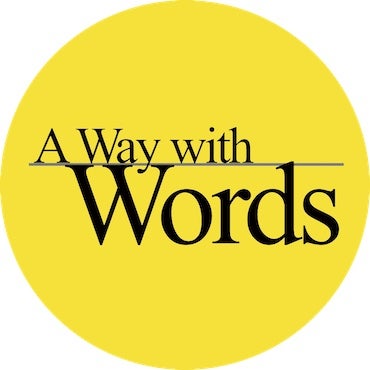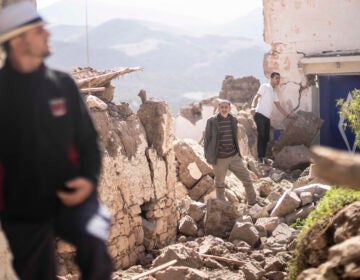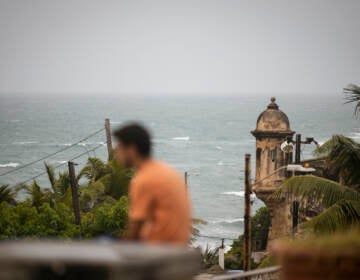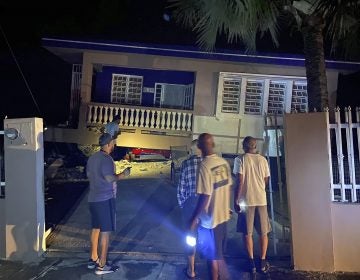Magnitude 5.9 shock rocks quake-stunned Puerto Rico
A magnitude 5.9 quake shook Puerto Rico on Saturday, causing further damage along the island’s southern coast, where previous recent quakes have toppled homes and schools.

Men who lost their homes in a 6.4 magnitude earthquake stand inside a baseball stadium that has been opened to residents amid aftershocks and power outages, in Guayanilla, Puerto Rico. (Carlos Giusti/AP Photo)
Updated 6:49 pm
A magnitude 5.9 quake shook Puerto Rico on Saturday, causing millions of dollars of damage along the island’s southern coast, where previous recent quakes have toppled homes and schools.
The U.S. Geological Survey said the 8:54 a.m. (1254 GMT) quake hit 8 miles (13 kilometers) southeast of Guanica at a shallow depth of 3 miles (5 kilometers). It was followed by several aftershocks, including a magnitude 5.2 temblor less than two minutes later.
No injuries or deaths were reported, officials said.
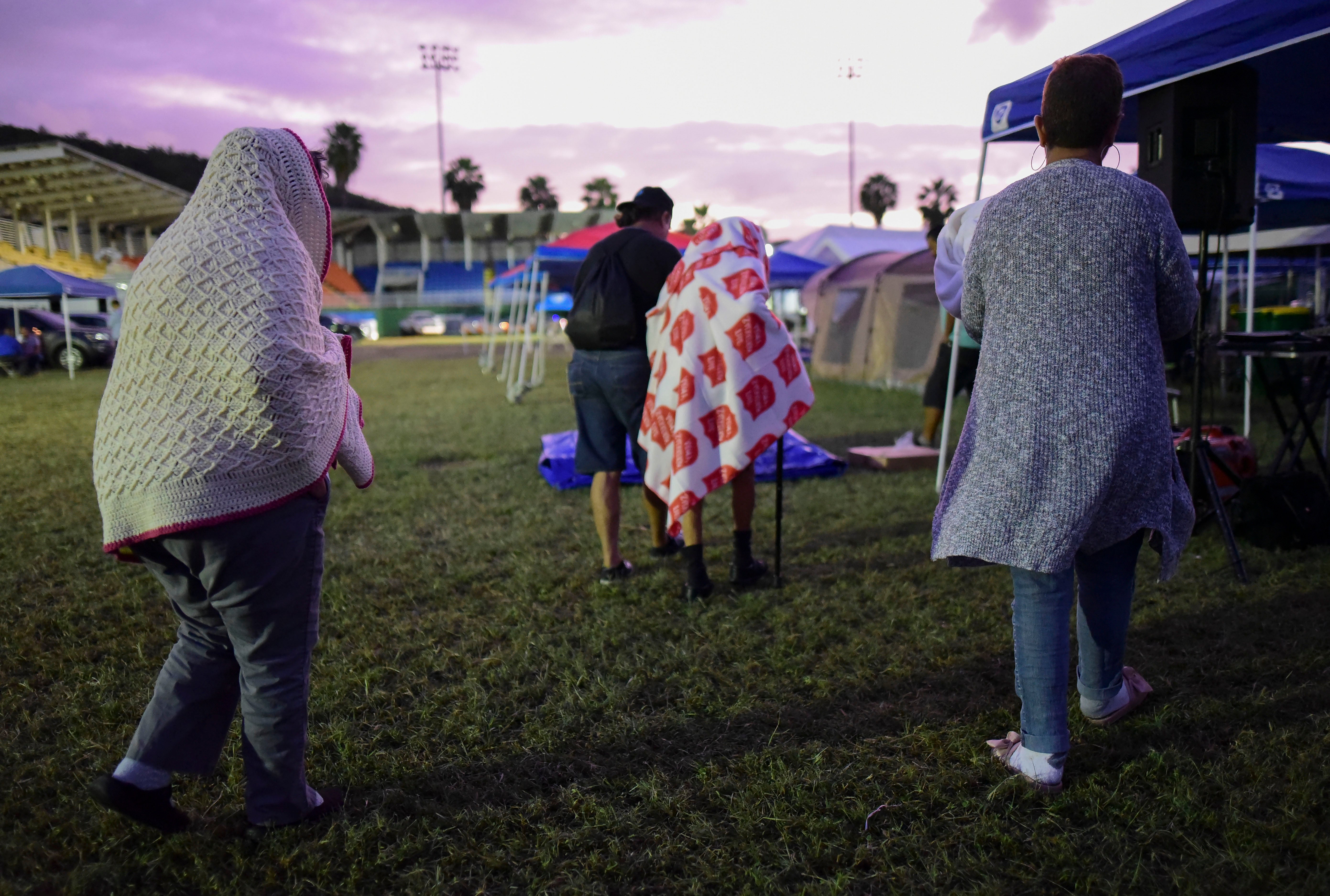
Saturday’s quake occurred four days after a 6.4 magnitude quake in the same area and amid a spate of more than 1,200 mostly small quakes over the past 15 days, all at shallow depths.
Gov. Wanda Vazquez estimated damage from Tuesday’s earthquake at $110 million, with a total of 559 structures affected. She said her administration was immediately releasing $2 million to six of the most affected municipalities.
Vázquez is seeking a major disaster declaration from the U.S. government, which would free up more federal funds.
As a result of Saturday’s quake, Puerto Rico’s Electric Power Authority said outages were reported across much of southern Puerto Rico and crews were assessing possible damage at power plants. Officials said they also were going back to reassess all structures previously inspected, given the strength of Saturday’s quake.
Deputy Mayor Elizabeth Ocasio in the southern coastal city of Ponce told The Associated Press that officials closed the city’s downtown area and two other nearby areas because of weakened infrastructure.
“One building completely collapsed,” she said. “There is a lot of historic infrastructure in Ponce.”
Bárbara Cruz, a prosecutor who was in Ponce when the new quake hit, said concrete debris hit the sidewalk as buildings continued to crumble.
“Everyone is out on the street,” she said.
More landslides and damaged homes were reported, along with severe cracks on a bridge in the southwest coastal town of Guanica, where Aurea Santiago, a 57-year-old resident, said she saw big boulders falling on a nearby road.
“We have been through a lot, but what’s important is that we are alive, and people are helping us,” she said.
The quake, which initially had been calculated at magnitude 6.0, was the strongest shake since Tuesday’s magnitude 6.4 quake — the most potent to hit the island in a century. That temblor killed one person, injured nine others and damaged or destroyed hundreds of homes and several schools and businesses in the island’s southwest region.
More than 4,000 people have been staying in shelters, many fearful of returning to their homes, and others unable to because of extensive damage.
The director of Puerto Rico’s Electric Power Authority, ordered the temporary closure of the company’s largest plant, which crews had been inspecting for damage caused by earlier quakes.
The ground in southwest Puerto Rico has been shaking since Dec. 28, with more than 1,280 earthquakes, of which more than 100 were felt and more than 70 were of magnitude 3.5 or greater.
NASA reported Friday that the quakes had moved the land in parts of southern Puerto Rico as much as 5.5 inches (14 centimeters), based on satellite images before and after the temblors.
Víctor Huérfano, director of Puerto Rico’s Seismic Network, told the AP that he expects still more aftershocks as a result of the latest large one.
“It’s going to re-energize an unstable situation,” he said, adding that seismologists are studying which faults were activated. “It’s a complex zone.”
WHYY is your source for fact-based, in-depth journalism and information. As a nonprofit organization, we rely on financial support from readers like you. Please give today.
